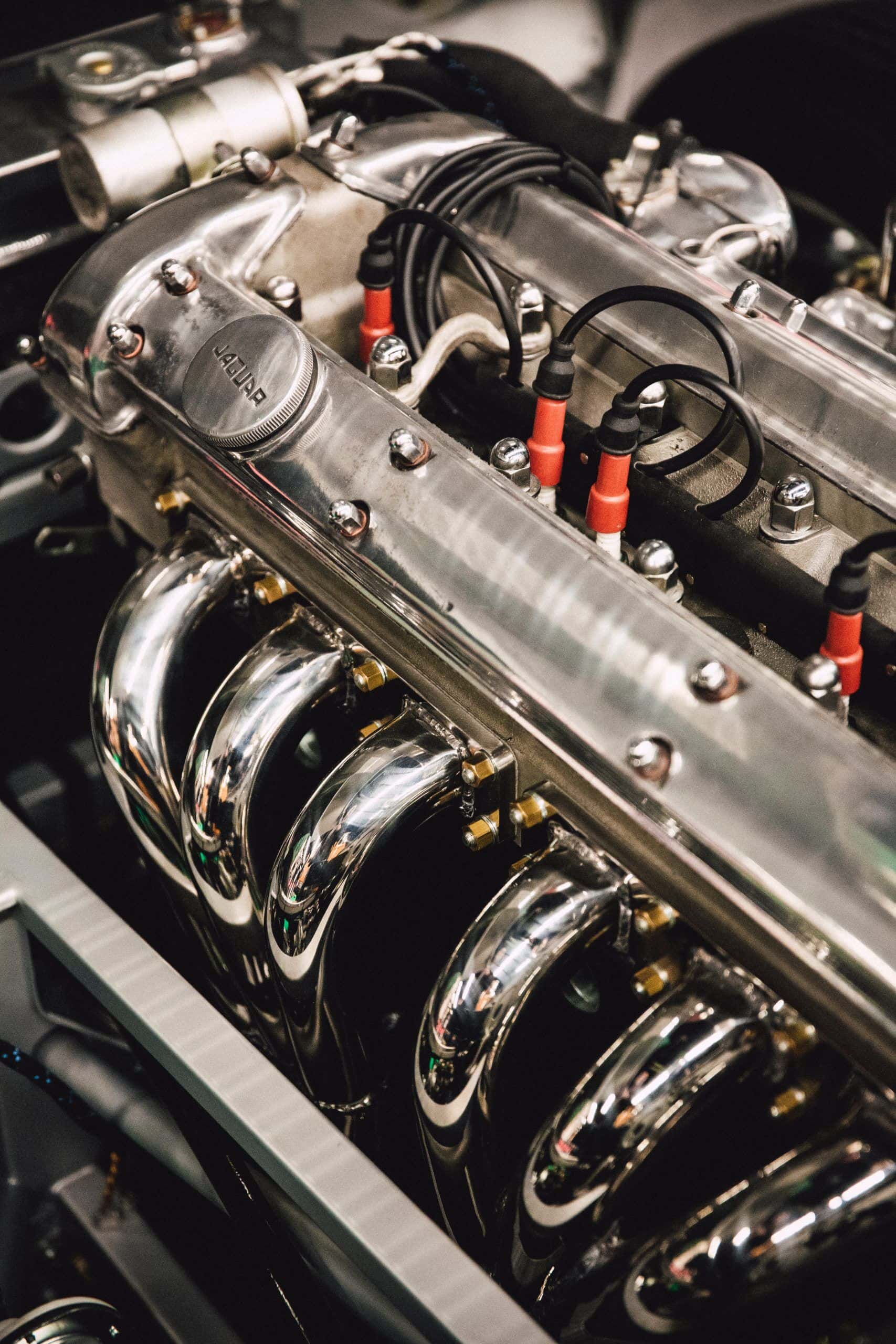
Your car’s cooling fan may look a little insignificant, and you may overlook it most of the time. Keep in mind that automotive fans, however, play an important role in your vehicle. It essentially cools the radiator, which prevents overheating.
For this reason, you must fix your radiator fan immediately if you notice an issue arising. Not attending to it may lead to severe damage that can be costly. The good thing is that a few common cooling fan problems have an easy fix. All it takes is to check some important parts or components and do the needful.
How the car’s cooling fan works
As mentioned, the car’s fan cools the radiator by drawing the air in and over the radiator, which cools the coolant that flows through the engine. However, know that you can still operate your vehicle without a cooling fan. At that point, the air will still flow in via the radiator shroud when the fan no longer works. However, the flow rate and air temperature will depend on the vehicle’s speed. On an empty road, the airflow will be sufficient for the car to remain cool. In heavy traffic, however, chances are that the airflow may be restricted, which can result in the following: overheating and head gasket failure.
Below are four things to check when your car’s cooling system isn’t optimal.
1. Fan wiring
The first part to check is the fan wiring when the fan isn’t working. Start by unplugging the positive and negative feed wires (should put out approximately 12 volts DC). Then, check to see if there’s current available with a voltmeter. If not, look at the wires and the fan relay under the car’s hood. If there’s a voltage from the radiator fan main relay, the fan may be faulty and must be replaced.
2. Temperature sensor
The sensor reads the system’s temperature and determines when to turn the fan on. If it isn’t functioning properly, chances are that the fan won’t turn on, and the vehicle may overheat as a result. That said, check the sensor found in the thermostat cover. Do so by disconnecting the wiring from the sensor and touching them together. If the fan starts, it only means that the sensor needs replacement.
3. Coolant level
Apart from the temperature sensor, the coolant level needs to be checked and assessed as well. Look at the reservoir and make sure it is marked within the minimum and maximum levels. The levels should be at or near the maximum mark to prevent engine overheating.
4. Fan clutch
The fan clutch shouldn’t be ignored as well, as it keeps the fan on the engine and helps it turn. Chances are that the springs within the fan clutch may corrode or wear out over time. If all other parts seem to be working normally, then the fan’s failure is most likely caused by the clutch. If it indeed is the culprit, it should be replaced immediately.
Regular car inspection, including on the cooling fan, is paramount to the vehicle’s lifespan. If the cooling fan stops working, make sure to check the parts mentioned above. If it’s already old, cracked, and dry, it is vital that you replace it immediately.
Keep in mind that the cooling fan is one of your vehicle’s most vital parts. Without it, your engine will overheat very quickly and spoil it as a result.
If you are looking for direct auto body parts in Los Angeles, get in touch with us today! We’re happy to help.

